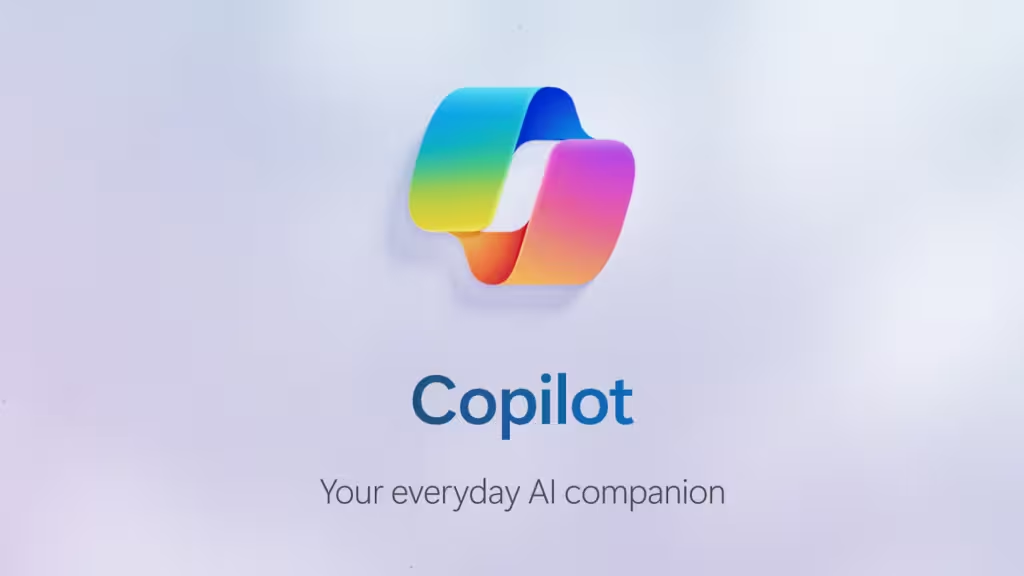
Sometimes, small news reveals big truths. When Microsoft released its annual sustainability report in May, it wasn’t headline news, but the figures were telling: the company’s emissions have increased by 30 percent since 2020.
The culprit? AI. Microsoft’s substantial investment in artificial intelligence has resulted in a significant rise in climate emissions.
AI demands a vast amount of energy. This is true not only for Microsoft but for all tech companies. By 2027, global AI services are expected to consume as much energy as the entire country of the Netherlands, according to a study by the Amsterdam School of Business and Economics.
Data centers run by these tech giants consume immense amounts of energy and water to cool their facilities. A single facility can use over 50 million gallons of water annually.
To mitigate their carbon footprints, IT giants are investing in large data centers in the Nordic region, where much of the energy is renewable.
In June, Microsoft announced a $3.2 billion investment in Sweden over two years. Simultaneously, Google revealed a $1.1 billion investment in its Finnish data center. Amazon and Facebook are also pouring billions into Nordic data centers.
Residents of these countries, facing soaring electricity bills, wonder how their grids will handle these substantial investments. Yet, the issue is much broader.
AI and cloud computing are here to stay, and we can’t stop that. But how long can we, the consumers, continue to use these services without paying?
Currently, we can generate text with ChatGPT, create images with Adobe Firefly, and compose music with Suno. We can use Google Gemini and Microsoft Copilot for advanced AI searches, mostly for free, as these companies are still refining their services and competing for market dominance.
However, this will change. The era of free advanced AI services is coming to an end, as even individual AI tasks are extremely energy-intensive.
This summer, Nordic radio station P3 News had an analyst calculate the energy required for a student to complete history homework using AI-generated text, images, and video. The carbon footprint was equivalent to running an air conditioner for 10 hours on the hottest summer day.
When a single AI task consumes that many resources, it’s hard to believe these services will remain free for long.
Already, advanced AI features are increasingly shifting behind paid subscriptions, and this trend will likely continue. We consumers will need to open our wallets to keep using AI.




